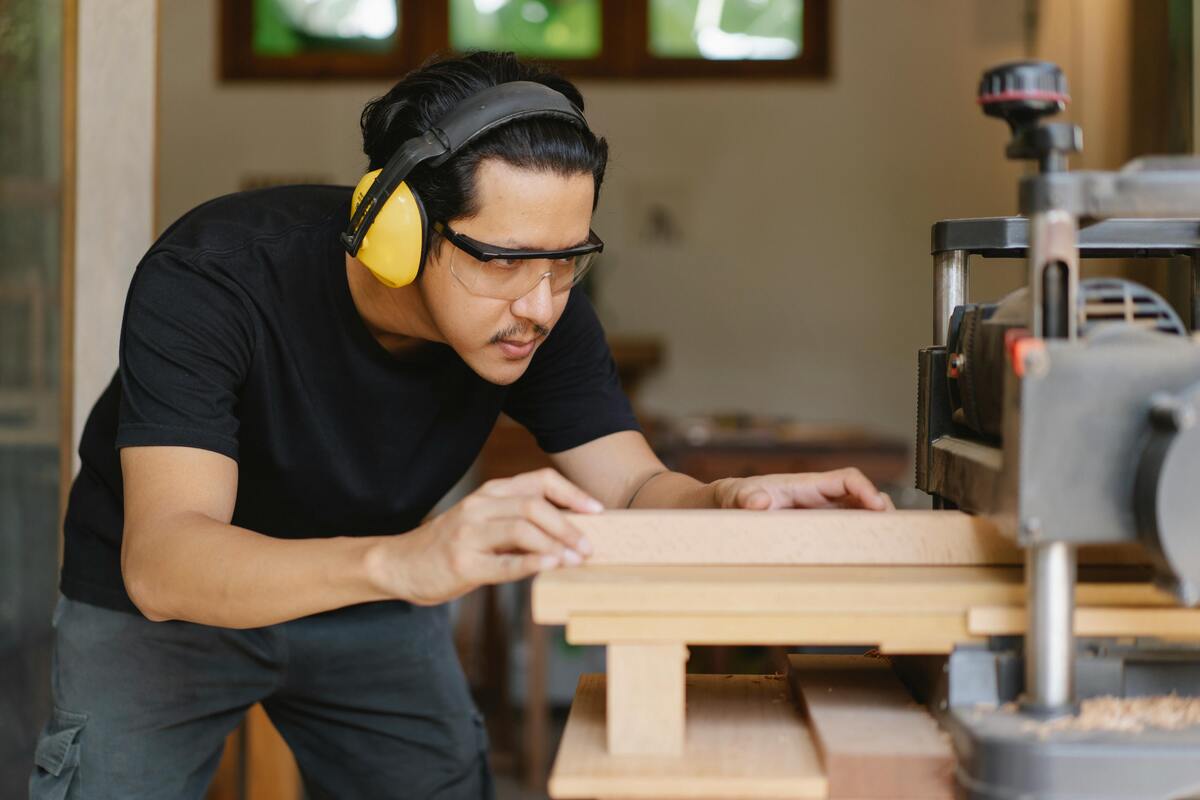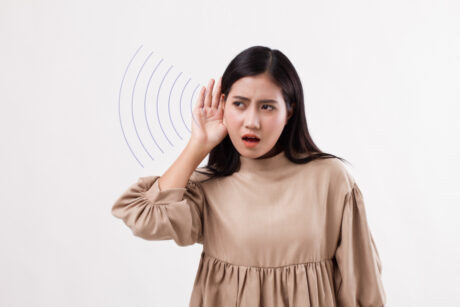Hearing is one of our most valuable senses, essential not only for work but for enjoying everyday life. Whether it’s a construction site, a manufacturing floor, or a bustling event venue, daily occupational exposure to loud noise can gradually take a toll.
This guide will help you recognise workplace hearing risks, understand safe decibel levels, and take proactive steps to protect long-term hearing health. When it comes to the ears, prevention is always better than cure.
Is My Workplace Too Loud?
Hearing damage is not caused by noise alone. It depends on sound intensity and how long you are exposed to it. Even moderately loud environments can harm your hearing if you are in them for hours each day.
Here are some common examples of workplace noises and their average decibel levels:
- Normal conversation – 60 dB
- Busy traffic – 85 dB
- Power tools (drills, saws) – approximately from 100dB
- Factory machinery – 95 dB
- Live concerts or clubs – 100 to 110 dB
- Aircraft take-off (close range) – 120 dB
The higher the decibel level, the shorter the safe exposure time before hearing damage begins.
At What Decibel Is Hearing Protection Required?
According to Singapore’s Occupational Safety and Health Administration (OSHA) noise standard, employers must provide hearing protection when noise levels reach 85 decibels (dB) or higher over an eight-hour workday. Prolonged exposure above this threshold can lead to permanent hearing damage, even if you do not feel immediate discomfort.
Every increase of 3 dB roughly halves the safe exposure time. For example, at 88 dB, the safe limit is only four hours.
When Is Hearing Protection Required?
You should always use protection when working in environments such as:
- Construction sites – constant use of power tools or heavy machinery
- Manufacturing plants – loud assembly lines or metalwork
- Airport grounds – aircraft engines and ground support equipment
- Music venues or clubs – live sound systems and prolonged loud music
- Public events – regular exposure to amplified announcements or crowd noise
If you need to raise your voice to speak to someone an arm’s length away, it is already too loud.
The Cost of Ignoring Noise
Noise-induced hearing loss often develops gradually, but its effects can be lasting and life-changing. Ignoring workplace noise risks can lead to:
- Health Issues: Persistent exposure can cause ear pain, tinnitus, or even ruptured eardrums in extreme cases.
- Reduced Communication: Muffled hearing makes it harder to understand colleagues, increasing workplace errors or miscommunication.
- Personal Impact: Hearing problems can affect your social life, leading to isolation or frustration outside of work.
Once hearing is lost, it cannot be restored naturally, which is why early prevention is crucial.
Proactive Steps for Your Hearing Health
You can take charge of your hearing safety with a few practical habits:
- Use the Right Personal Protection Equipment (PPE): Choose suitable earplugs, earmuffs, or custom-moulded options depending on your work environment.
- Regular Hearing Tests: Get a baseline hearing test and follow up annually to detect early changes.
- Communicate with Your Employer: If you suspect unsafe noise levels, raise the issue with your supervisor or safety officer.
- Healthy Lifestyle Choices: Good circulation supports hearing health. Avoid smoking, stay active, and manage stress.
Your hearing health is part of your overall well-being.
A Partnership in Prevention

Protecting your ears is not just about compliance; it is about safeguarding your long-term quality of life. A professional audiologist can help you monitor your hearing and recommend tailored solutions, from custom ear protection to hearing implants for severe cases.
At The Listening Lab Singapore, our specialists offer comprehensive hearing tests and expert guidance to protect your hearing both at work and beyond. Book your consultation today and take the first step towards safer listening at work.










